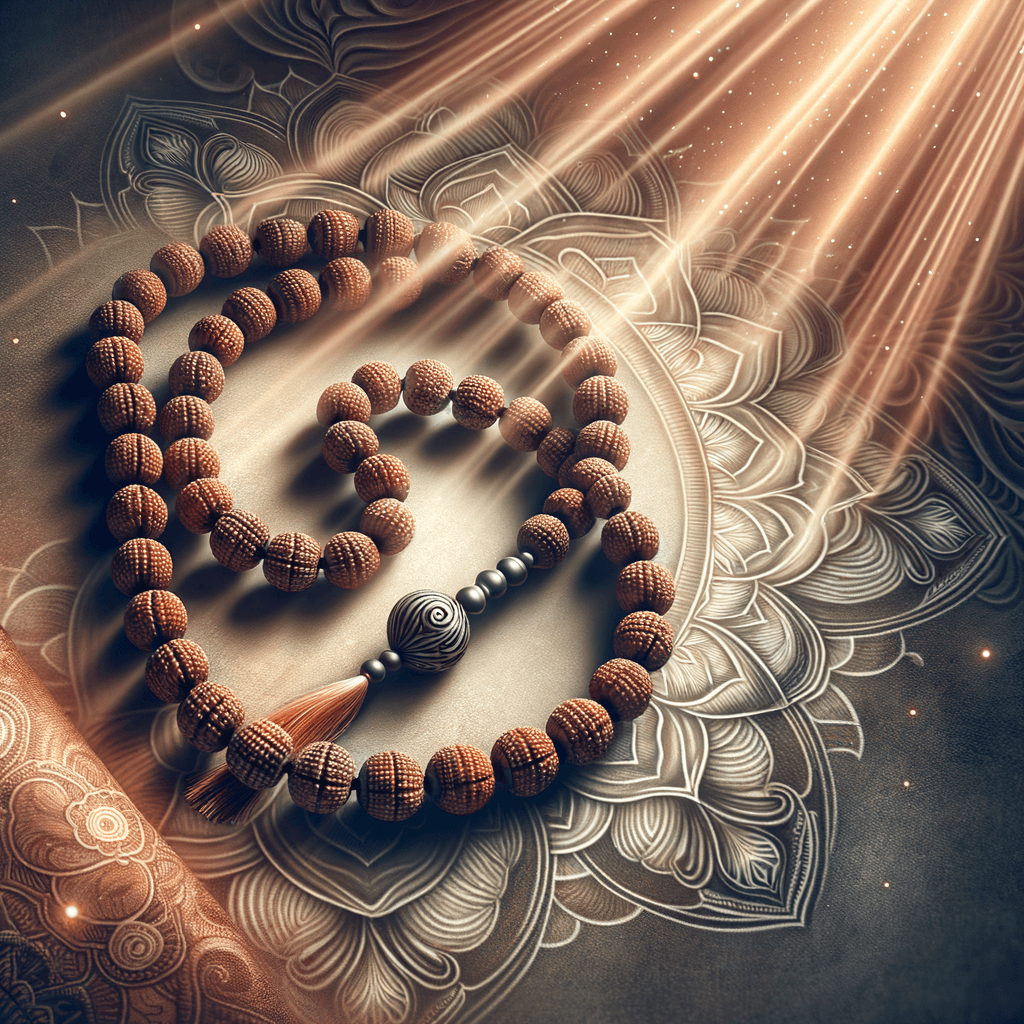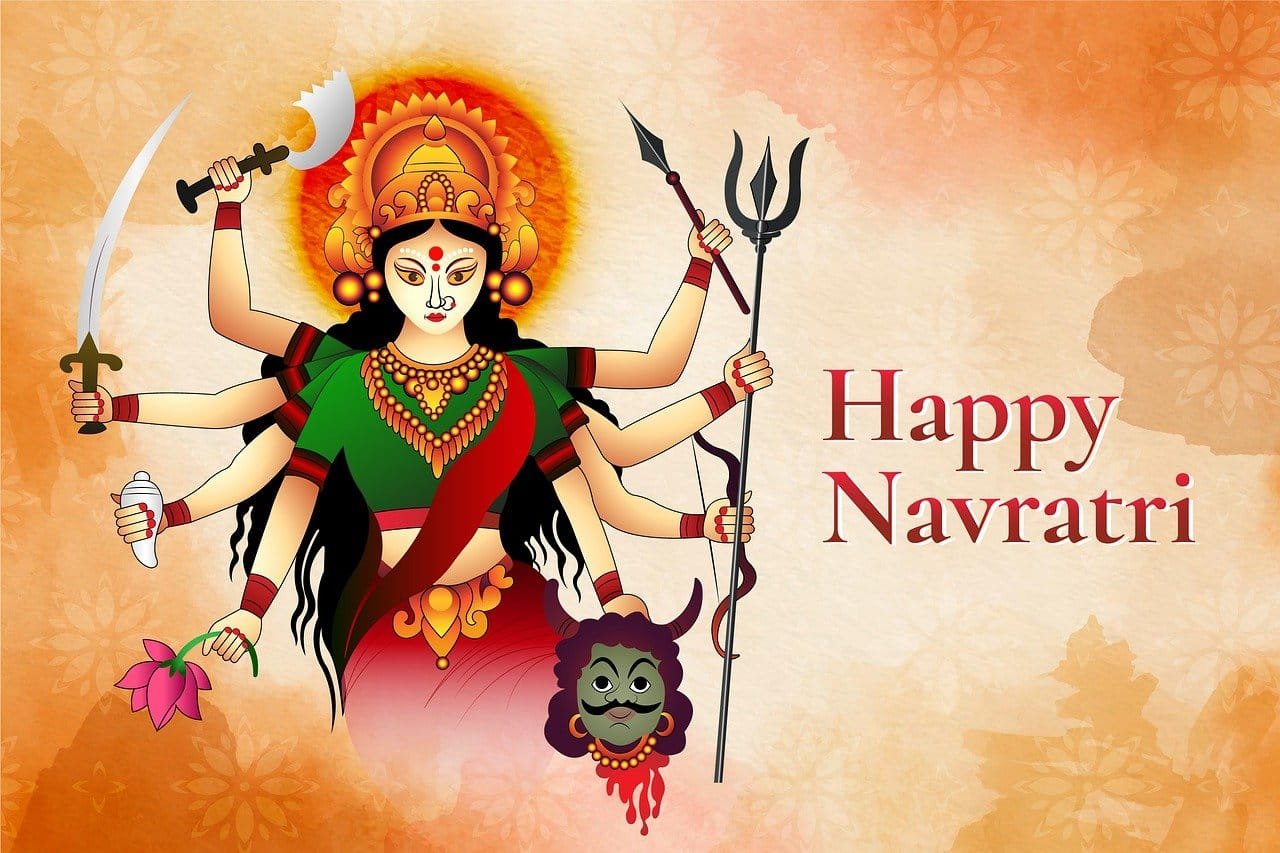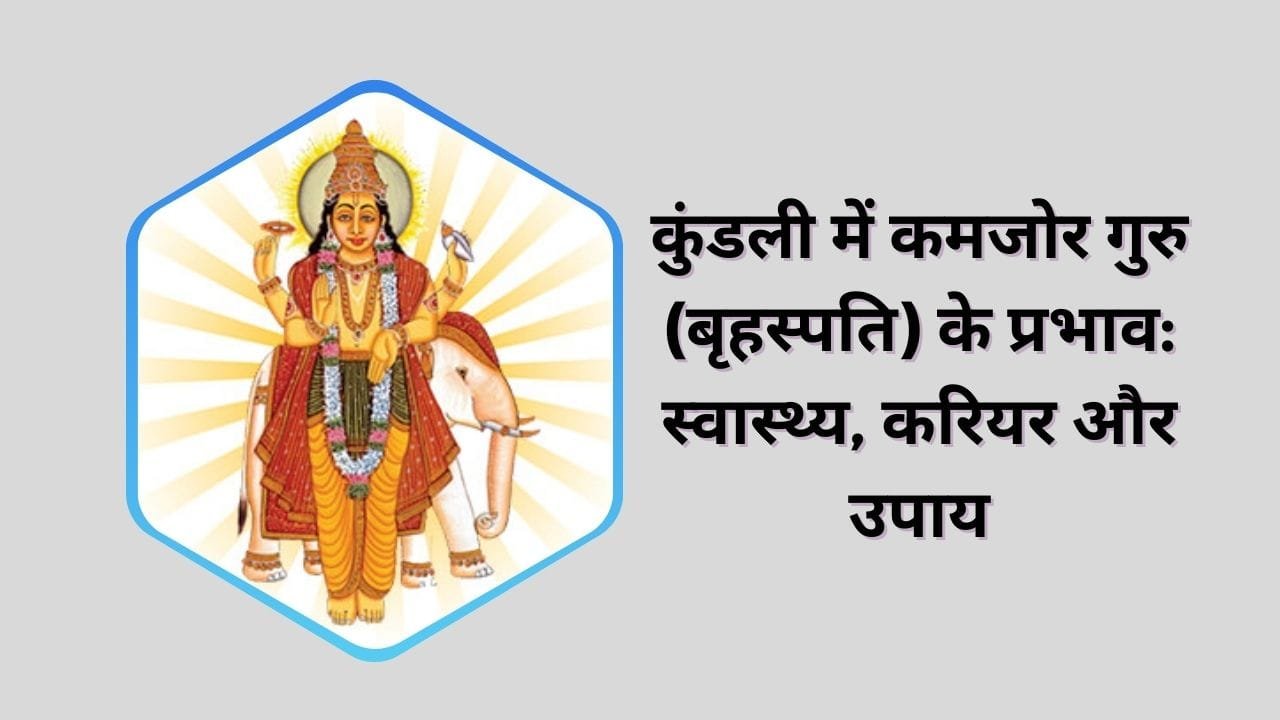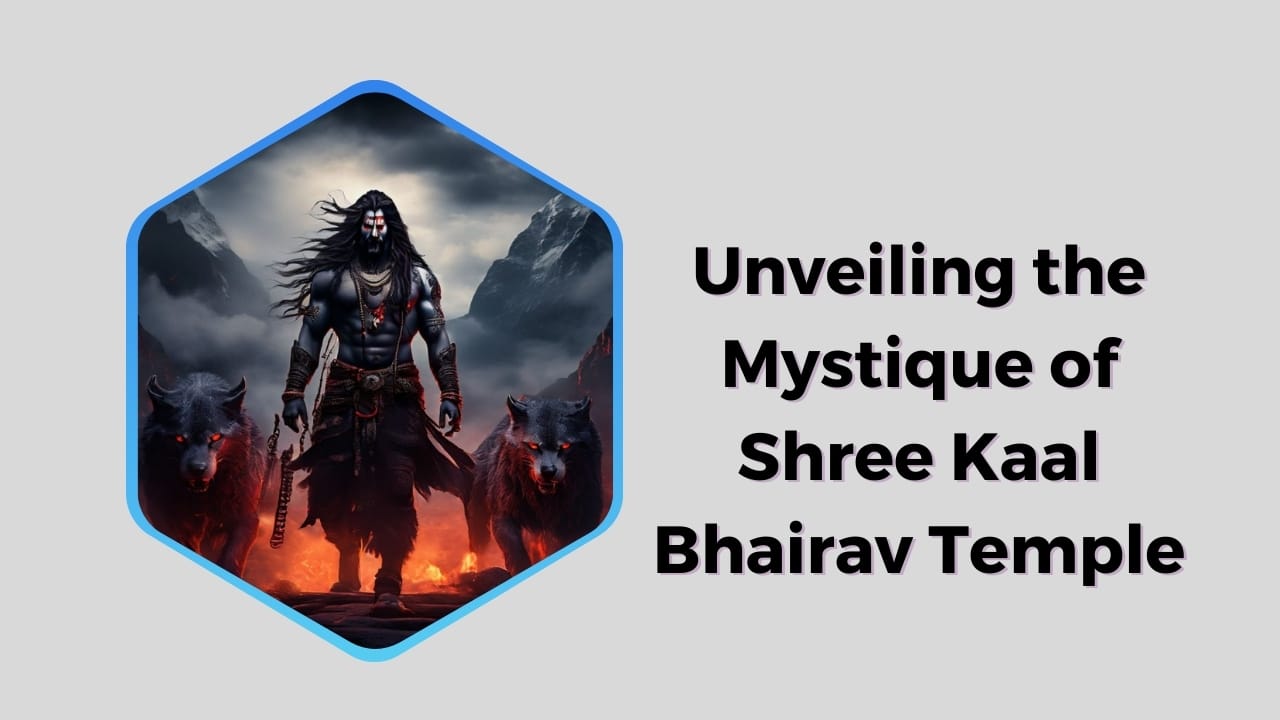Introduction to Rudraksha Mala Beads
Rudraksha mala beads are powerful spiritual objects with a rich history rooted in Indian mythology and spirituality. These beads are crafted from the seeds of the Elaeocarpus ganitrus tree, which is found mainly in the Himalayan region, Indonesia, Nepal, and the Ganges plain. The seeds of this tree hold great significance in Hinduism, Buddhism, and other Eastern spiritual traditions.
Traditionally, these beads are hand-strung together to form a mala, a type of rosary used for meditation, prayer, and mantra chanting. The mala usually consists of 108 beads, with a larger bead known as the “Guru bead” or “Meru bead” that marks the beginning and end of the mala. Rudraksha mala beads are revered for their unique vibration and energy, making them an essential tool for spiritual seekers and practitioners.
The Spiritual Significance of Rudraksha
Rudraksha beads are deeply intertwined with the spiritual fabric of Indian mythology and culture. In Hinduism, these sacred beads are believed to be the tears of Lord Shiva, the deity associated with transformation and destruction. According to ancient texts, the tears of Lord Shiva, known as “rudra aksha” in Sanskrit, manifested as the Rudraksha tree.
Wearing or using rudraksha mala beads is thought to bestow the wearer with divine protection, inner peace, and spiritual wisdom. Each bead is associated with a different deity, and it is believed that wearing them can align the body’s energy centers, known as chakras, and facilitate a deeper connection to the divine. The spiritual significance of rudraksha has made it an integral part of spiritual practices, rituals, and ceremonies for centuries.
Historical Origins and Uses in Indian Culture
Rudraksha mala beads trace their origins back to ancient Indian scriptures. According to Hindu mythology, these sacred seeds are believed to be a gift from Lord Shiva. The name “Rudraksha” translates to “the eyes of Rudra,” referring to a divine aspect of Shiva. It is said that when Shiva remained in deep meditation, tears rolled down his cheeks, falling to the ground and transforming into these divine seeds. This origin story highlights their spiritual significance.
Throughout history, Rudraksha mala beads have been used extensively in meditation and spiritual practices. They serve as a tool for concentrating the mind and enhancing spiritual awareness. In many cultures, they are worn by spiritual seekers, ascetics, and practitioners of yoga as symbols of devotion and spirituality. Many believe that using these beads during japa, or the recitation of mantras, cultivates inner peace and connects individuals to the divine.
The beads embody different energies and vibrations, which can help in balancing the mind, body, and spirit. They are considered antidotes for various afflictions and enhance spiritual growth, making them essential fixtures in religious ceremonies and rituals. Additionally, in Ayurveda, Rudraksha is recognized for its medicinal properties. It has been attributed with the ability to alleviate stress and anxiety, facilitating a deeper connection to one’s true self. Thus, Rudraksha mala beads play a crucial role in both spiritual and health practices in Indian culture.
Types of Rudraksha Beads and Their Properties
Rudraksha beads come in various types, categorized based on the number of facets, or “mukhis,” they possess. Each type is believed to carry specific vibrations and energies. The most commonly used are the 5-mukhi beads, which are recommended for meditation. They represent the five elements: earth, water, fire, air, and space. Wearing a 5-mukhi Rudraksha is said to promote balance and harmony in life.
The 6-mukhi bead is associated with the planet Venus and is known for enhancing creativity and pleasure. It is particularly popular among artists and individuals seeking emotional security. The 7-mukhi bead is linked to the goddess Mahalaxmi, believed to attract wealth, prosperity, and abundance.
Other varieties include the 8-mukhi bead, which symbolizes Lord Ganesha and is used to remove obstacles; the 9-mukhi bead, representing the goddess Durga, empowering the wearer with courage and strength; and the 10-mukhi bead, which represents Lord Vishnu and is thought to provide protection from negative energies.
Beyond their spiritual and meditative benefits, Rudraksha beads also offer physical health advantages. Many practitioners use them to enhance concentration, reduce stress, and promote overall well-being. Each type of bead serves a specific purpose, inviting users to choose according to their needs and intentions. Understanding these properties can help individuals harness the divine energy that Rudraksha mala beads offer.
How to Choose the Right Rudraksha Mala Beads
When choosing Rudraksha Mala beads, it’s essential to consider the type of Rudraksha seeds used in the mala. Rudraksha beads come in different Mukhi or facets, with each type believed to have unique properties. The most common ones are Panch Mukhi (five facets) and Ek Mukhi (one facet). These facets are said to have varying spiritual significance and benefits. Another factor to consider is the authenticity of the Rudraksha beads. It’s crucial to ensure that the beads are genuine and sustainably sourced. Authentic Rudraksha beads emanate a natural aroma and have slightly rough surfaces. Additionally, conducting a float test by immersing the beads in water can help differentiate real from fake ones, as genuine Rudraksha beads will float due to their inner seed chambers. The size and quality of the beads also play a significant role in choosing the right Rudraksha Mala. The size of the beads can affect the ease of use during meditation, with smaller beads being preferred for their convenience. Lastly, consider the design and craftsmanship of the Rudraksha Mala. Some Malas feature additional beads like Tulsi, Sandalwood, or crystals, each adding its unique energy to the Mala.
Benefits of Using Rudraksha Mala Beads in Meditation
Using Rudraksha Mala beads in meditation can significantly enhance the spiritual experience. The beads’ natural properties are believed to calm the mind, enhance focus, and create a sense of tranquility during meditation sessions. The tactile sensation of running the beads through the fingers can aid in concentration and mindfulness, allowing for a deeper meditative experience. Furthermore, Rudraksha beads are associated with balancing the body’s electromagnetic field and promoting overall well-being. The beads are also believed to have a cooling effect on the mind and body, making them particularly beneficial during meditation practices. In addition to the spiritual benefits, using Rudraksha Mala beads in meditation can instill a sense of reverence and connection to ancient spiritual traditions, enhancing the overall experience of delving into the depths of one’s spirituality.
The Role of Rudraksha in Hinduism and Other Traditions
Rudraksha mala beads have held a revered position in Hinduism for centuries. These sacred seeds, derived from the fruit of the Rudraksha tree, are traditionally associated with Lord Shiva. It is believed that these beads embody his spiritual energy, making them a potent tool for meditation and spiritual growth. Devotees wear Rudraksha mala beads to invoke divine blessings, promote inner peace, and enhance concentration during prayer or meditation.
In Hinduism, the number of mukhis, or facets, on a Rudraksha bead significantly influences its spiritual benefits. Each facet represents different energies, correlating with various deities and purposes. For instance, a five-mukhi bead symbolizes Lord Shiva and is commonly used for spiritual practices. Similarly, a six-mukhi bead is associated with Kartikeya, promoting wisdom and power. This diversity allows seekers to choose the right mala for their individual needs.
Beyond Hinduism, Rudraksha mala beads hold significance in Buddhism and Jainism as well. In Buddhist traditions, these beads are often used with mindfulness practices, aiding practitioners in achieving a focused mind and deep introspection. Jains also respect Rudraksha for its meditative properties, integrating its use into their spiritual routines.
Moreover, the popularity of Rudraksha has transcended traditional boundaries. People from various spiritual backgrounds are discovering its profound impact on meditation and well-being. As more souls seek connection with the divine, Rudraksha mala beads continue to bridge the gap, inviting everyone to embrace their mystic power.
Caring for Your Rudraksha Mala Beads
Maintaining the sanctity and longevity of your Rudraksha mala beads is essential for preserving their spiritual energy. Proper care enhances their effectiveness and enriches your spiritual journey. Begin by handling your mala with respect. Avoid letting it touch the ground or mix with non-sacred items. When not in use, store it in a clean, designated space. Many practitioners prefer to keep it in a silk pouch or a natural fiber bag.
Cleaning your Rudraksha mala beads regularly is crucial. Start by wiping them gently with a soft, dry cloth to remove dust and sweat. If they require deeper cleaning, use lukewarm water mixed with a mild natural soap. Avoid harsh chemicals, as they can damage the beads. Handle them gently during the cleaning process to avoid









